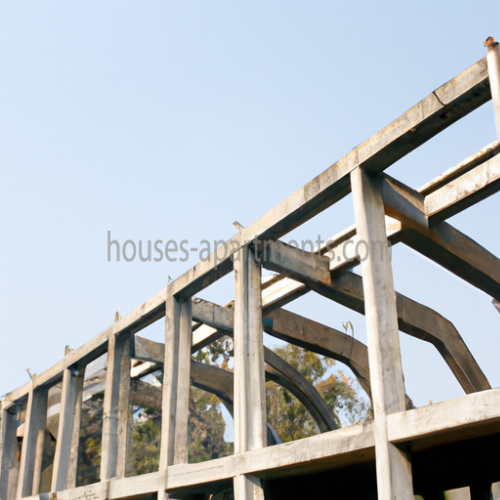Advantages:
1. Strength: Reinforced concrete has high compressive strength and tensile strength, making it ideal for building structures that are able to withstand heavy loads.
2. Durability: Reinforced concrete structures are durable and can last for many years without needing major repairs or maintenance.
3. Fire Resistance: Concrete is fire-resistant, which can help to minimize damage in case of a fire.
4. Design Flexibility: Reinforced concrete can be molded into virtually any shape, providing architects with a great deal of design freedom.
Disadvantages:
1. Heavyweight: Reinforced concrete structures are heavy and may require a strong foundation to support them.
2. High Cost: The cost of the materials and construction can be relatively high, depending on the scope of the project.
3. Corrosion: Concrete structures can corrode, especially if water or moisture penetrates the surface. This can lead to structural weaknesses over time.
4. Slow Installation: The installation process for reinforced concrete structures can be time-consuming, which can cause project delays.
Publication date:

